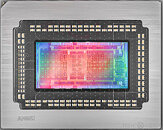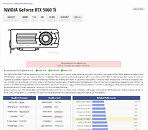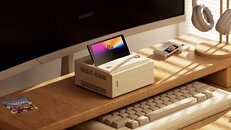HDMI Forum Releases Version 2.2 of the HDMI Specification
HDMI Forum, Inc. today announced the release of Version 2.2 of the HDMI Specification. Higher 96 Gbps bandwidth and next-gen HDMI Fixed Rate Link technology provide optimal audio and video for a wide range of device applications. An end-user can be assured that their displays support a native video format in the best
way possible and deliver a seamless and reliable experience. Higher resolutions and refresh rates are supported including up to 12K@120 and 16K@60. Additionally, more high-quality options are supported including uncompressed full chroma formats such as 8K@60/4:4:4 and 4K@240/4:4:4 at 10-bit and 12-bit color.
"The HDMI Forum is proud to release the new HDMI 2.2 Specification to enable higher performance capabilities and features for exciting and immersive new solutions and products," said Chandlee Harrell, president of the HDMI Forum. "And the introduction of the new Ultra96 feature name will help consumers and end-users ensure their product's maximum bandwidth is supported."
way possible and deliver a seamless and reliable experience. Higher resolutions and refresh rates are supported including up to 12K@120 and 16K@60. Additionally, more high-quality options are supported including uncompressed full chroma formats such as 8K@60/4:4:4 and 4K@240/4:4:4 at 10-bit and 12-bit color.
"The HDMI Forum is proud to release the new HDMI 2.2 Specification to enable higher performance capabilities and features for exciting and immersive new solutions and products," said Chandlee Harrell, president of the HDMI Forum. "And the introduction of the new Ultra96 feature name will help consumers and end-users ensure their product's maximum bandwidth is supported."
































































































